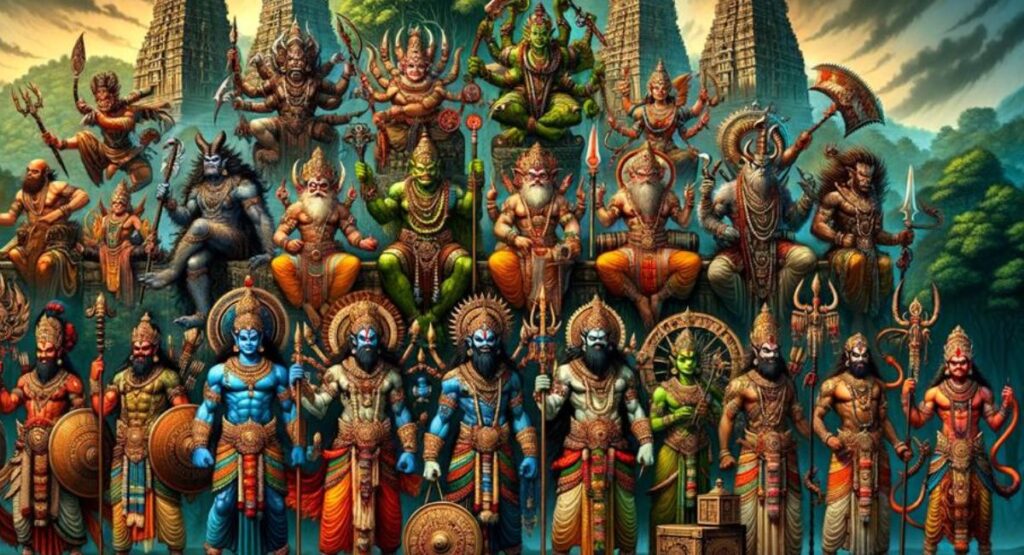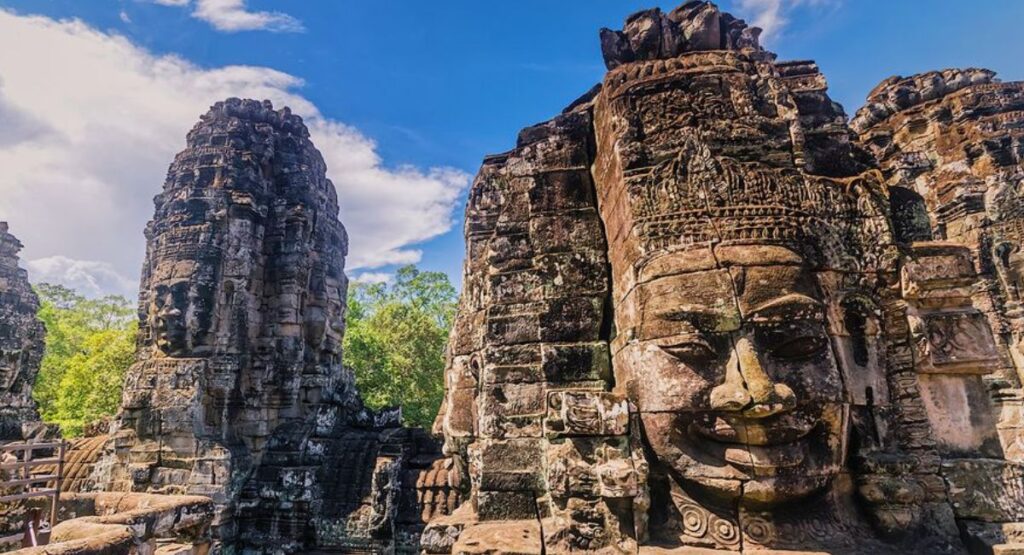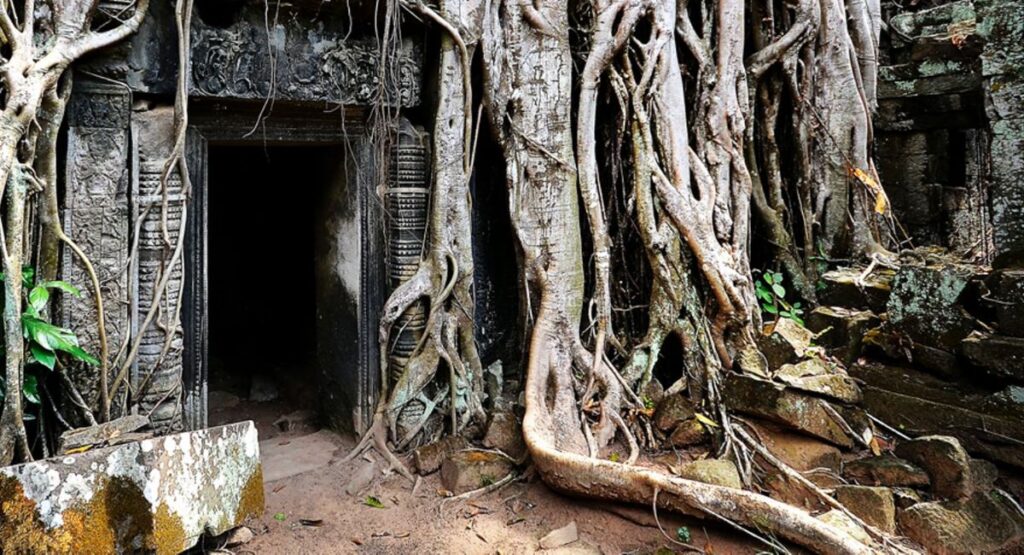Daskusza Exploration Unveiling the Secrets of a Hidden World is the journey to find a lost place believed to be hidden deep in the mountains of Asia. It is considered an ancient land full of strange rocks, symbols, and untouched nature.
Old travel journals from the 19th century first mentioned it, calling it a “hidden settlement surrounded by geological oddities.” Since then, explorers and historians have been trying to uncover its secrets.
Some believe Daskusza was home to a wise and peaceful tribe with advanced knowledge of stars and healing. Others think it was part of ancient trade routes that vanished over time.
Today, with tools like drones and satellite maps, people are searching for its exact location. The mystery of Daskusza continues to inspire those who dream of discovering forgotten worlds.
The Mysterious Origins of Daskusza
The name “Daskusza” first surfaced in obscure travel journals from the 19th century. These writings hinted at a secret mountain pass, leading to a place untouched by time. Some historians argue the term comes from Slavic roots, while others say it was formed from ancient tribal dialects.
Either way, its origin remains unclear. Descriptions often pointed to a lost city in Asia. The settlement was said to have underground chambers and ancient symbols. Some travellers claimed it housed remote tribes that never joined modern civilisation.
Over time, more accounts began to emerge. Explorers wrote about strange rock formations and symbols etched into cave walls. The idea of Daskusza as a real place grew stronger. Still, many dismissed it as a myth or misunderstood reality.
The Geography of Mystery: Where Is Daskusza?
Locating Daskusza has never been easy. There are no official maps. No GPS coordinates. Only scattered clues and personal accounts. Most theories point to the Pamir Mountains, the Karakoram Range, or even Eastern Siberia.
These regions are home to secret mountain passes and isolated valleys. Many are nearly impossible to reach. This fits the old descriptions well. Some modern explorers even claim to have found areas that match historical sketches.
Places like the Tomb of Seven Arches and the Lake of Cracked Mirrors are believed to be landmarks of Daskusza. AI-assisted terrain modelling and satellite imaging have uncovered matching shapes. Still, no one has confirmed the site’s location.
Cultural and Anthropological Significance of Daskusza

| Aspect | Details |
| Cultural Significance | Potential convergence point for ancient trade, migration, and spiritual rituals. |
| Oral Traditions | Descriptions of a “guarded cradle of wisdom” with advanced astronomical knowledge and healing practices. |
| Role in Civilizations | More than a city; a center of shared learning and peace. |
| Anthropological Observations | Similarities noted in dialects, songs, and beliefs across distant tribes. |
| Hypothesis | Daskusza could be the source of cultural echoes found in various tribes; evidence remains unconfirmed but is compelling. |
Modern Expeditions and Technological Tools
| Year | Country/Team | Technology Used | Purpose | Outcome |
| 2020 | Russian-Kazakh Explorers | Ground-Penetrating Radar | To detect underground chambers | Detected anomalies, no confirmed site found |
| 2021 | Mongolian University Team | Satellite Thermal Imaging | To spot heat signatures of hidden structures | Some patterns observed, further study required |
| 2022 | European Academic Alliance | LIDAR (Light Detection and Ranging) | To scan dense forested terrain | Revealed terrain layers; possibly man-made formations |
| 2023 | Polish-Kyrgyz Historians | AI-Assisted Terrain Modelling + Drone Footage | To recreate the landscape based on ancient maps | Found matching valleys; reported symbols like Daskuszan glyphs |
| 2024 | International Citizen Scientists | Open-Source Mapping + Decentralised Data Platforms | To crowdsource exploration data and track leads | Grew online interest and shared findings globally |
Theories and Controversies Surrounding Daskusza
| Aspect | Details |
| Theories | Various theories exist regarding Daskusza’s existence. |
| Skeptics’ View | Some believe it’s merely a legend created by explorers for fame or justification for land access. |
| Political Issues | Many areas believed to hide Daskusza are now military zones, making permits difficult to obtain. |
| Ethical Considerations | Concerns about searching without involving local communities. |
| Indigenous Interest | Many indigenous groups wish to participate in the discovery, hoping for cultural pride and tourism. |
| Ongoing Debate | The discussion continues on whether Daskusza is a myth or a misunderstood reality. |
Daskusza in Folklore and Mythology

Stories about Daskusza have survived in songs, chants, and legends. In one tale, it’s called “the hidden cradle”, where wise men lived. In another, it’s a valley that disappears when strangers come near.
These legends were passed down by remote tribes. They spoke of natural defences and underground chambers. In some regions, people still believe the city exists.
These stories are more than fiction. They offer cultural insights. Many contain symbols also seen in ancient art and cave drawings. It’s possible that the myth was born from a real place.
Linguistic Clues and Ancient Scripts
Language may hold the key to Daskusza. A recent study found a link between mountain chants and old Altai dialects. The patterns matched in strange ways.
Some inscriptions found in caves also resemble ancient Eurasian scripts. Experts call these the Daskuszan glyphs. If they are real, they suggest written communication from a hidden civilisation.
Linguists are working to decode the symbols. Each discovery brings us closer to understanding the roots of Daskusza. The glyphs might hold secrets about ancient beliefs and migration paths.
The Role of Daskusza in Ancient Trade Routes

| Aspect | Details |
| Possible Trade Function | Hidden stop or rest point on forgotten Silk Road branches |
| Goods Traded | Herbs, textiles, rare stones, and possibly early medicinal items |
| Location Advantage | Situated near mountain passes linking Central Asia with Eastern Eurasia |
| Cultural Exchange | Likely a cultural convergence point where different tribes met |
| Supporting Evidence | Ancient maps, oral traditions, and similar symbols found across regions |
| Scholarly Theory | Daskusza served as a link between nomadic and settled civilisations |
| Modern Research | Ongoing efforts to map routes using AI-assisted terrain modelling |
Environmental Challenges in the Search for Daskusza
Finding Daskusza is physically hard. The terrain is rough. The weather is extreme. Landslides, snowstorms, and thin air slow progress.
Even drones struggle in these areas. Dense vegetation hides surface features. Some valleys flood without warning. Others are too cold for long stays.
This is why modern tools are so important. Without LIDAR and radar, much would remain unseen. Still, nature guards Daskusza well.
Ethical Considerations in Daskusza Exploration
Who has the right to explore Daskusza? That’s a key question. Some fear rediscovery will harm local cultures.
Many lands are sacred to tribes. Outside expeditions can disrupt these spaces. Some believe only local people should lead the search.
Others say that global efforts can bring jobs and attention. With careful planning, both science and culture can benefit. It’s a balance of respect and research.
Possible Connections to Other Lost Civilisations

Daskusza is often compared to Shambhala, El Dorado, or Agartha. All are mysterious ancient sites, rich in legend and lost to time.
Some think Daskusza could be the Eurasian link to these tales. A missing chapter in global history. The location matches old descriptions from multiple traditions.
If true, it would show that lost cities are not just myths. They are part of a shared human memory. Stories are passed on to preserve real events.
Artistic Interpretations and Media Representations
Writers and artists love Daskusza. It’s been the theme of novels, short films, and digital art. Many portray it as a peaceful city, hidden by nature and time.
Some documentaries explore the search, mixing fact with folklore. Music and poetry inspired by tribal legends keep the myth alive.
READ THIS BLOG: Cerebral Success Net Worth Shark Tank Update 2025
These artistic works spread awareness. They bring Daskusza into public view. Even without proof, it has become a symbol of humanity’s eternal quest for knowledge.
Frequently Asked Questions?
What is Daskusza?
Daskusza is a mysterious site believed to be a hidden ancient city with cultural and historical significance.
Where might Daskusza be located?
Theories point to remote parts of Central Asia, including the Pamirs, the Hindu Kush, or Siberia.
What tools are used to search for Daskusza?
Modern explorers use LIDAR, drones, radar, and AI-assisted terrain modelling.
Is Daskusza real or a myth?
No one knows for sure. Some believe it’s real, while others see it as a legend.
Why is Daskusza important?
It may hold answers to ancient trade, culture, and human migration across Eurasia.
Conclusion
The exploration of Daskusza continues to fascinate and inspire. Whether it’s a lost city or a cultural metaphor, its story reaches across time and borders. It blends myth with science, oral tradition with digital tools.
From ancient symbols to AI-assisted modeling, every effort moves us closer to the truth. Daskusza may be hidden, but it is not forgotten. It has become a beacon for those who seek to uncover the past. A symbol of lost cities in Asia and forgotten cultures.
A story waiting for its next chapter and, perhaps, its next explorer. Daskusza remains one of the most powerful symbols of humanity’s eternal quest for knowledge.













